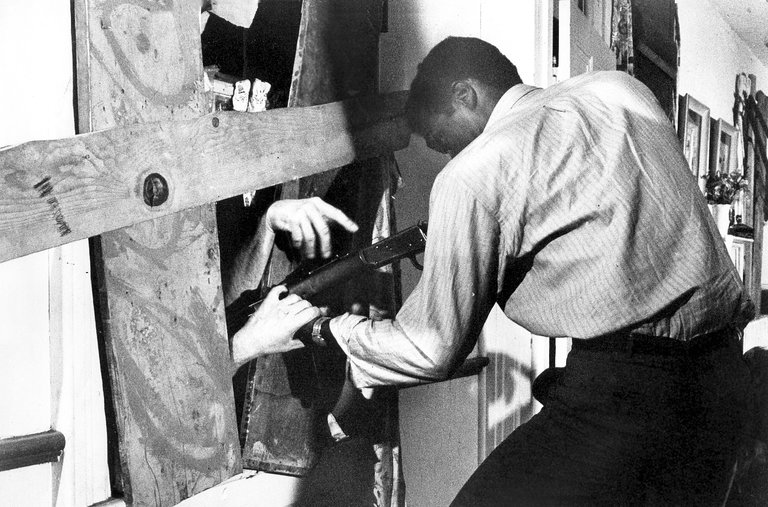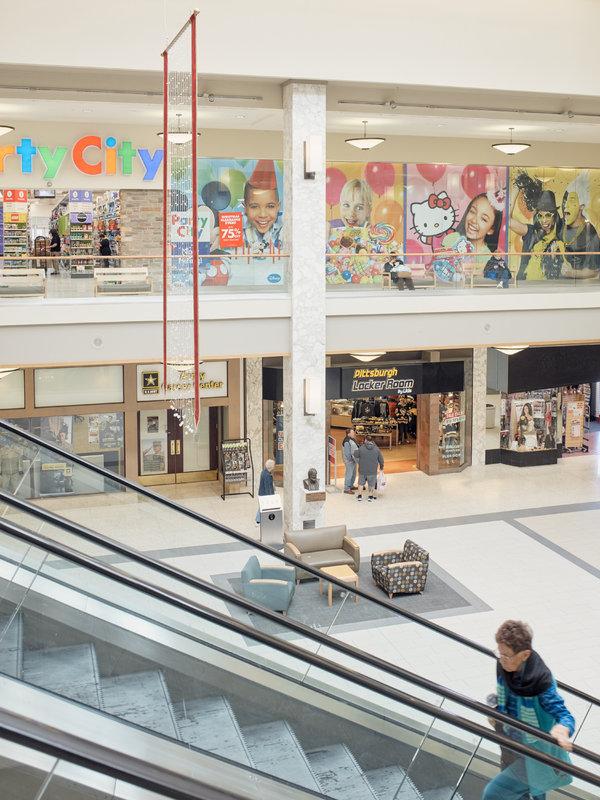In 1968, decades before zombies laid waste to the American landscape in “The Walking Dead,” they imperiled Pittsburgh in “Night of the Living Dead.” Directed by George A. Romero, it was a game-changer in the horror-movie genre. Shot in low-budget black and white, it was a zombie film (the undead threaten a house full of strangers) with a social conscience (led by a black character, the era’s racial unrest is an ever-present menace). The movie is in the permanent collection of the Museum of Modern Art.
The spirit of Romero’s flesh-eaters and imperfect heroes is what’s fueling Romero Lives!, a new citywide initiative aimed at celebrating Romero and drawing devotees to Pittsburgh. If a group of horror-movie fans have their way, Romero will be to Pittsburgh what John Waters is to Baltimore: a director whose visionary (and offbeat) filmography is a cultural tourism generator.
It’s worth noting that Steel City already has two famous artistic sons, Andy Warhol and August Wilson, who are a draw for tourists. Warhol has his own museum, and Wilson is the namesake of an African-American cultural center. But George Romero? In this ambitious and unusual undertaking, organizers are convinced that the horror-movie director will have plenty of appeal for cultural tourists in a city of hills and often overlooked charms.
“Pittsburgh cannot only own George’s accomplishments and legacy, but it can instruct and educate and delight others about that as well,” said Adam Lowenstein, a professor of film studies at the University of Pittsburgh and one of the main coordinators of Romero Lives!

A must-see for Romero devotees is the bronze bust of Romero at the Monroeville Mall.CreditRoss Mantle for The New York Times
Romero, a Bronx native, made maverick movies in and around Pittsburgh for almost 50 years before he moved to Toronto, where he died in 2017. Romero most reflected Pittsburgh in films like “The Crazies” and “Martin” with characters that epitomized the city’s working-class population, and through themes — like corporate greed and environmental trauma — that rattled the region in postindustrial America. Romero often cast his movies with locals.


The yearlong series, running through October, is underway even as the city continues to mourn the 11 people killed by a gunman shouting anti-Semitic slurs in October at the Tree of Life synagogue in the Squirrel Hill neighborhood. Mr. Lowenstein said celebrating Romero in the face of such a real-life atrocity puts into action the “Stronger Than Hate” signs that have blanketed the city.
“Romero’s films have always understood that real horror is not about zombies or vampires, but the fear and hatred we can feel toward each other, especially when we imagine each other as monsters, as something not quite fully human,” he said. “In the wake of Tree of Life, Romero has more to teach us than ever.”
Romero Lives! kicked off last fall with a roster of events, including a retreat for authors of zombie fiction and a 50th anniversary screening of “Night of the Living Dead” at the theater where the film had its debut. In December, Romero’s legacy was part of a zombie-themed Christmas attraction at Scarehouse, a long-running Pittsburgh haunted house. Still to come are film screenings and academic forums. The George A. Romero Foundation has even started to discuss establishing a national horror movie museum in Pittsburgh.
To Mayor Bill Peduto, Romero “exemplifies Pittsburgh.”
“He was proud of his Pittsburgh roots and could have chosen to live anywhere, but instead he helped bring an industry to Pittsburgh,” Mr. Peduto said.

Monroeville Mall was the primary film location for George Romero’s anti-materialist zombie manifesto “Dawn of the Dead.”CreditRoss Mantle for The New York Times
The locations that will most appeal to Romero pilgrims sit far from Pittsburgh’s trendy Lawrenceville and East Liberty neighborhoods. The real must-see is the bronze, intricately sculpted bust of Romero at the Monroeville Mall, about a 20-minute drive from downtown Pittsburgh. Made by the local sculptor Christian Stavrakis and installed last June, the work is perched without much fanfare at the shopping center where Romero shot his anti-materialist zombie manifesto “Dawn of the Dead.”
The mall’s parking lot and its signage remain mostly unchanged, an instantly-recognizable detail that “Dawn of the Dead” fans will eat up on Instagram. An annual “Dawn of the Dead” fan convention, which takes place inside the mall, started in 2016. The next convention is set for June 2019.
The other main Romero attraction is in Evans City, a Pittsburgh suburb about 30 miles outside downtown, where Romero filmed “Night of the Living Dead.” At the Evans City Cemetery, visitors can drive on the road and roam among the tombstones seen in the film’s memorably terrifying opening scene. In the town center is the small Living Dead Museum, featuring props and memorabilia about the film and a zombie culture “Maul of Fame.” An annual outdoor festival celebrating the film takes place there every October.
There’s no hard data about a rise in tourism as a result of Romero Lives!, but anecdotally there’s evidence. Several organizations, including the Warhol Museum and the Carnegie Mellon International Film Festival, credited Romero-related events for significant upticks in attendance, results that Mr. Lowenstein hopes will help turn Romero Lives! into an annual celebration.
The tactic makes sense: Horror is a movie genre with a large and devoted fan base willing to pay for thrills and nostalgia. Horror-movie tourism thrives at places like the Stanley Hotel in Colorado, which inspired “The Shining” as novel and film, and Camp No-Be-Bo-Sco in New Jersey, a.k.a. Camp Crystal Lake, the setting of “Friday the 13th.”
Romero’s legacy is what brought Randy Spears from his home in Columbus, Ohio, to the Monroeville Mall on a recent Sunday afternoon. With his wife and daughter, Mr. Spears paused in reverence before the bust that memorialized one of his most beloved horror movie mavens.
“I wish George were still alive,” Mr. Spears said. “But this is a nice way to commemorate him. It’s the only connection I can have with him other than his movies.”
Follow NY Times Travel on Twitter, Instagram and Facebook. Get weekly updates from our Travel Dispatch newsletter, with tips on traveling smarter, destination coverage and photos from all over the world.







